Is there any floating point type that stores more digits after the decimal point than double in c++ (or any alternative, which makes double stored more digits)?
I've read that long double is maybe more accurate.
In my program we can zoom into the Mandelbrot set, but after some zoom the picture gets pixelated. I think it is because the length between two complex numbers associated with two neighboring pixels is less than the difference between two consecutive value of double. In the program I used long double.
If it's important, then the processor of my computer is Intel® Core™ i3 CPU M 380 @ 2.53GHz × 4, the computer is 64 bit, the operating system is Ubuntu and the compiler is gcc.
